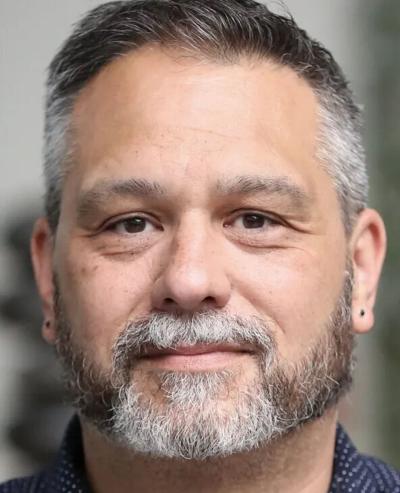Gov. Gavin Newsom and President Donald Trump rarely agree on anything. Their feud has played out for years on immigration raids, wildfire relief and the moral direction of American democracy.
Yet this month, their rivalry produced an unlikely harmony. Within days of each other, one issued a message and the other a proclamation recognizing Native American Heritage Month.
Trump’s message wrapped its praise of Native peoples in patriotism and national unity. “As we prepare to celebrate 250 glorious years of American independence, we honor the generations of Native Americans whose service have strengthened our country,” the White House statement reads.
Newsom’s proclamation used the language of empathy and inclusion: “As Californians navigate federal policies impacting our communities … we shine a light on the first people of this nation — often relocated to this state by force through similar federal policies throughout history — who have nonetheless found ways to persist, resist and thrive.”
Despite their opposing tones, both rely on the same story: Native peoples exist within the United States not as nations whose sovereignty predates it.
Each statement celebrates endurance but ignores the political relationship that defines it. Both portray Native peoples as contributors to the American project, not as governments that still hold authority over their lands and citizens.
In different registers, the progressive governor and the populist president perform the same act of erasure, turning the first peoples of this land into symbols of American virtue.
Newsom’s proclamation goes further than most. He describes the forced relocations, boarding schools and assimilation policies that targeted Native peoples, and he honors their cultural revival.
Yet by merging California’s original Native nations with Native peoples who relocated here from other states, the text blurs a critical distinction: California’s tribes are not guests the state has “embraced;” they are sovereign governments on their own land.
Recommended for you
The proclamation’s tone of benevolent inclusion allows California to appear enlightened without addressing its continuing responsibilities — from unrecognized tribes, to land and water rights still under contest today.
Trump’s statement takes a simpler route to the same destination.
By thanking Native Americans for strengthening “our Nation’s greatness,” it folds them into a single patriotic narrative that leaves no space for self-determination. It praises survival while reaffirming U.S. dominance — the familiar pattern of celebrating diversity while denying power.
These messages matter, because political statements shape how the public understands California’s and the nation’s relationship with its Native nations.
When political leaders talk about “heritage” but not “sovereignty,” they encourage citizens to see Native peoples as part of the past instead of as governments still exercising authority in the present.
That misunderstanding has practical consequences. Across the state, tribal governments manage forests, restore rivers, operate education and health systems and lead climate adaptation projects that benefit all Californians. Yet when sovereignty is ignored, those partnerships are treated as charitable collaboration, rather than as government-to-government obligations.
For non-Native Californians, this is not only about history; it is about how our state governs itself today. Building fire-resilient landscapes, addressing drought and managing growth all depend on respecting tribal authority and knowledge. Recognition without power is not reconciliation; it is continuity by another name.
If Native American Heritage Month is to mean anything, it should mark a shift from ceremony to accountability. California can honor Native peoples not by congratulating itself for inclusion, but by deepening partnerships with the sovereign nations whose lands make this state possible.
Kerri Malloy is an assistant professor of Native American and Indigenous Studies at San José State University. He is an enrolled member of the Yurok Tribe. He wrote this for CalMatters, a nonprofit, nonpartisan media venture explaining California policies and politics.


























(1) comment
A question for the professor. How many years does one have to live here before one is considered a native Californian? Can the professor think of any country in the world in which the original inhabitants were either not driven out or succumbed to forces brought by the new comers? Every European country went through this evolution. I think both Trump and Newsom are right in that the original inhabitants are valued and have been integrated in our population. Their blood lines have also been shared with millions. To insist on preserving their individual statehoods is anachronistic and a desperate cling to the past that no longer exists for many reasons, both good and bad. His next column may need to address the pathetic conditions in some Native American reservations and the special favors extended to the operators of the Indian Casinos.
Welcome to the discussion.
Log In
Keep the discussion civilized. Absolutely NO personal attacks or insults directed toward writers, nor others who make comments.
Keep it clean. Please avoid obscene, vulgar, lewd, racist or sexually-oriented language.
Don't threaten. Threats of harming another person will not be tolerated.
Be truthful. Don't knowingly lie about anyone or anything.
Be proactive. Use the 'Report' link on each comment to let us know of abusive posts.
PLEASE TURN OFF YOUR CAPS LOCK.
Anyone violating these rules will be issued a warning. After the warning, comment privileges can be revoked.